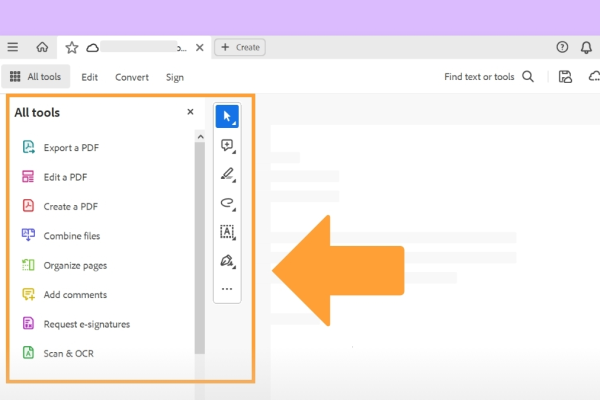Scaffolding is the process of breaking down a larger writing assignment into smaller parts. The main objective of scaffolding is to ensure that each student accomplishes their learning objective. In an ESL classroom, scaffolding comprises helpful interactions between the student and the teacher.
Customary to its name, a scaffold is a temporary framework that supports the students in achieving their objectives in a class. Before your students write a ten-page story, they should know how to write an introduction.
With a TESOL certificate from an accredited institution, you can apply scaffolding techniques in an ESL class. Even the brilliant students of your class will benefit from the scaffolding techniques. Here are some of the best ways to use the scaffolding technique to optimize the writing skills of your students.
Overview of Scaffolding Writing for English Language Learners
Writing can be tough and challenging, even for the most skilled students in your ESL class. For English language learners, writing is often difficult. Moreover, if there is too much emphasis on the final product of writing, things can become distressing for your students.
Being an ESL teacher, you should focus more on the process of writing. Whenever possible, you should invite them to write about their own culture, background, interests, etc. It is also crucial for you to adjust your expectations www.mycursive.com offers comprehensive support for individuals interested in either learning or teaching cursive writing.
As a TESOL-certified teacher, you must understand that your students have a limited vocabulary. So, their writing can often be difficult to understand. The best way to boost the confidence of your students is by using the scaffolding technique.
The Best Strategies to Support English Language Learners
Before assigning your students topics to write, you should consider the cultural assumptions in the task. For instance, non-native English speakers can find it confusing to decipher the meaning of idiomatic phrases.
Furthermore, you should set clear guidelines and discuss your expectations. It is a great idea to provide students with annotated models. The learners can use these to comprehend the language patterns and structure associated with the writing assignments.
You should also encourage learners to discuss and make an initial outline of what they’re going to write. Based on the outline, you can provide them with inputs. It is a critical stage in which feedback can help in the development of ideas among your students.
Significance of Brainstorming
Brainstorming is a critical step that students must take to plan their writing. Here are some of the scaffolds that can be helpful for your students to brainstorm ideas.
- Try to pre-teach vocabulary with which the students can complete the writing tasks.
- Tap into the prior knowledge of the students on the topics assigned for writing. You must help the ESL students to discover the things they’re learning.
- Another great scaffolding technique is encouraging students to talk to each other and gather ideas about the essay.
- Instruct learners to write in a storytelling manner.
Frameworks are Suitable for All Types of Students
One of the key highlights of using frameworks is their suitability for students of varying skill sets. By using frameworks, your students can know how to structure the content properly. Once your students see the framework and its working mechanism, they can frame sentences in the right order. The writing task will no longer seem daunting.
Preparing the Outline for Your Students
By creating an outline, you can help your students to organize and structure ideas in an appropriate sequence. Most ESL teachers provide a fill-in-the-blank template to help their students overcome the fear of writing.
Besides the template, you can also provide sentence starters and frames to ensure equal participation among writers. It is also necessary to provide your students with writing criteria. A pictorial description of the essay can also come in handy for non-native English speakers. It can help your students write in a detailed manner.
Implementation of the Write-Aloud Model
This model can be pretty effective in helping students write with the usage of appropriate phrases. Here are some essential aspects to know about this model.
- Introduce the topic of the essay and define your expectations
- Explain what you are thinking while writing each part of a paragraph
- Let the students follow the pattern of your model when they write
The Language Experience Scaffolding Technique
The Language Experience scaffolding technique is another way to bring the best out of English language learners. It refers to a method of shared writing in which the teacher and students write collaboratively.
If you don’t have much experience teaching non-native English speakers, this technique is ideal. It can help build a sense of community and increases participation among students. You must begin by sharing an experience and making students talk about it. This scaffolding technique is effective in making your students feel encouraged and empowered in an ESL class.
With a TESOL certification from TEFL-TESOL-Certification.com, you will be aware of the best techniques to develop skills in your students. You can even teach online by receiving a TESOL certificate from this platform.





